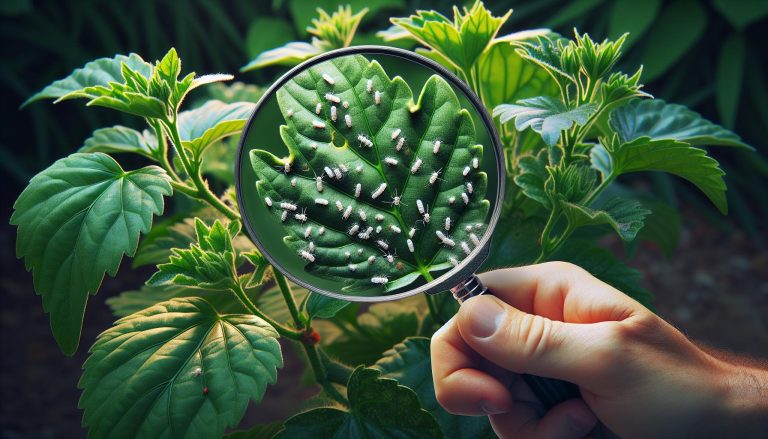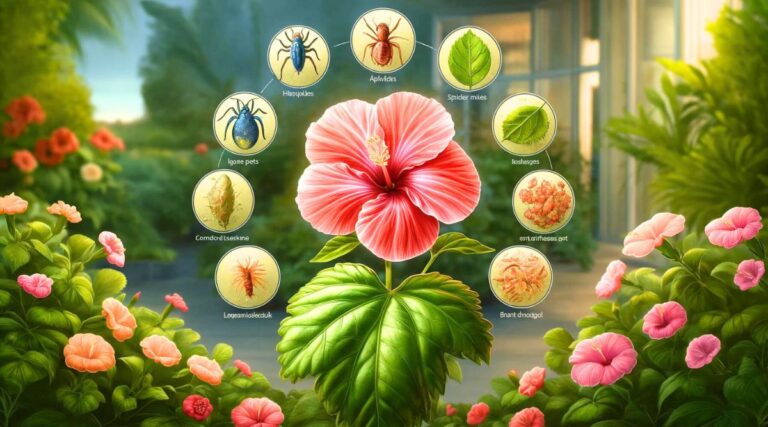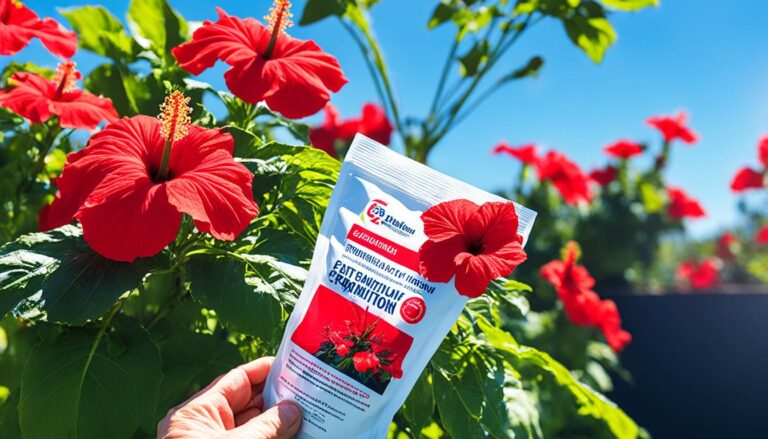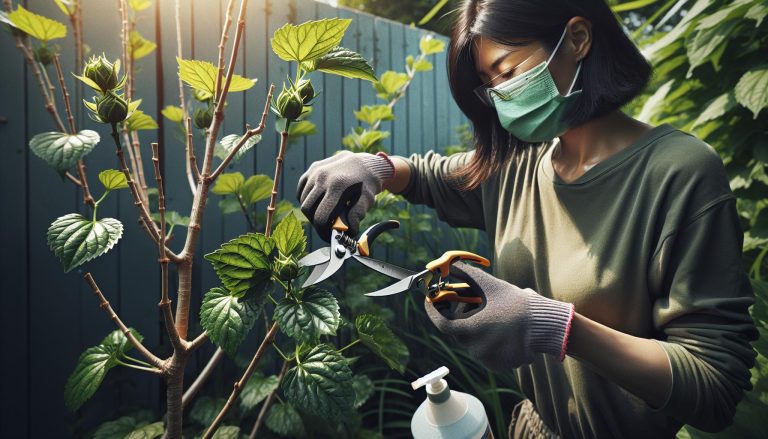Hibiscus for Attracting Wildlife
Hibiscus plants are a favorite among gardeners for their stunning, vibrant flowers and lush foliage. But did you know that hibiscus plants also play a crucial role in attracting wildlife to your garden? By planting hibiscus, you create a haven for various creatures, from delicate butterflies to chirping birds.
As someone who has been gardening for seven years and has a special affection for hibiscus, I can attest to the magic these plants bring to any garden. Let’s dive into how hibiscus can transform your garden into a bustling wildlife sanctuary.
Benefits of Hibiscus for Wildlife
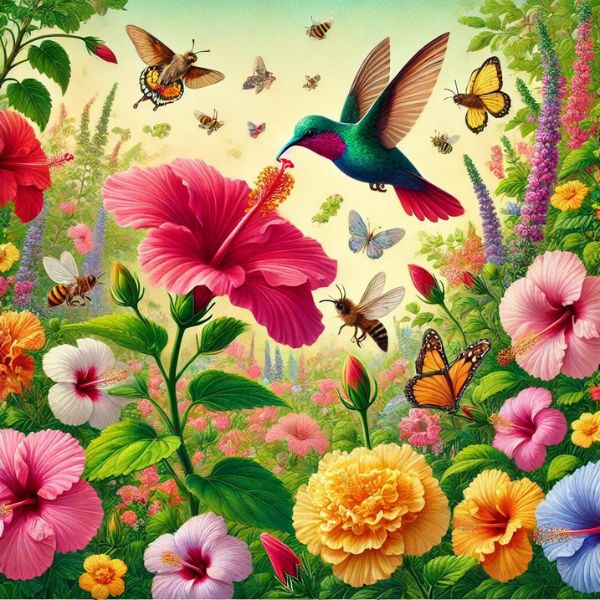
Pollinators
Hibiscus flowers are a magnet for pollinators like bees, butterflies, and hummingbirds. The bright colors and ample nectar supply make them irresistible. Here’s a closer look:
- Bees: Essential for pollination, bees are naturally drawn to the vivid colors of hibiscus.
- Butterflies: These delicate creatures flock to hibiscus flowers, adding a touch of grace to your garden.
- Hummingbirds: The tubular shape of hibiscus flowers is perfect for these tiny birds to extract nectar.
Birds
Apart from hummingbirds, other bird species find hibiscus plants appealing. The dense foliage provides excellent shelter and nesting sites. Additionally, the nectar serves as a food source.
Insects
Beneficial insects, such as ladybugs and lacewings, are often found around hibiscus plants. These insects help control pests, creating a balanced ecosystem in your garden.
Types of Hibiscus Ideal for Wildlife

Tropical Hibiscus
Tropical hibiscus (Hibiscus rosa-sinensis) is renowned for its large, colorful blooms. These plants thrive in warm climates and are perfect for attracting pollinators.
Hardy Hibiscus
Hardy hibiscus (Hibiscus moscheutos) can withstand colder temperatures, making them a great choice for various climates. Their large, saucer-shaped flowers are a favorite among bees and butterflies.
Rose of Sharon
Rose of Sharon (Hibiscus syriacus) is a hardy shrub that blooms prolifically. Its flowers are smaller but equally effective in attracting wildlife. Learn more about the differences between Rose of Sharon and Hibiscus here.
Planting Hibiscus for Wildlife
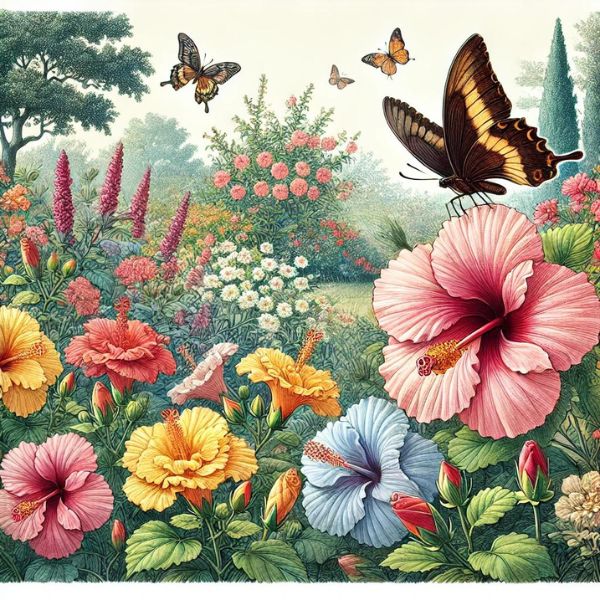
Site Selection
Choosing the right location is crucial for the success of your hibiscus plants and the wildlife they attract. Ensure the site receives ample sunlight and is protected from strong winds.
Soil and Sunlight Requirements
Hibiscus plants thrive in well-drained soil rich in organic matter. They also require full sun to produce abundant blooms. Aim for at least 6-8 hours of direct sunlight per day.
Watering and Maintenance
Regular watering is essential, especially during the growing season. However, be careful not to overwater as hibiscus plants do not like soggy soil. Mulching can help retain moisture and keep the roots cool.
Creating a Wildlife-Friendly Hibiscus Garden
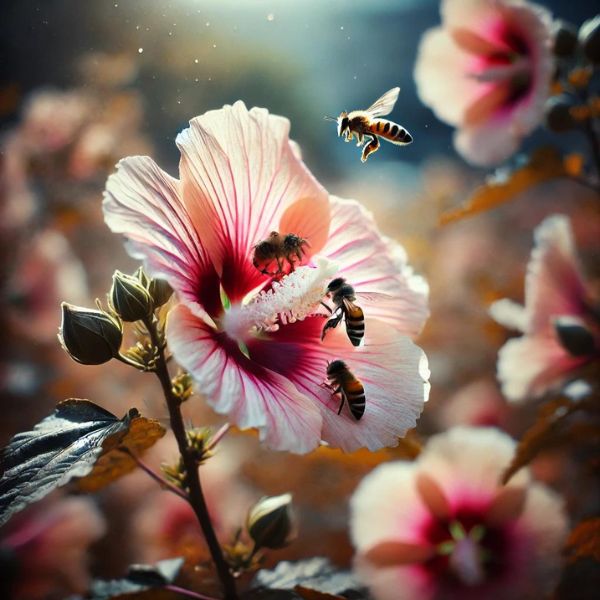
Complementary Plants
To maximize the wildlife attraction, consider planting the following alongside your hibiscus:
- Lavender: Attracts bees and butterflies.
- Milkweed: Essential for the Monarch butterfly’s lifecycle.
- Coneflowers: Provide nectar for butterflies and birds.
Garden Design Tips
Designing your garden to enhance wildlife can be both fun and rewarding. Here are some tips:
- Layering: Create layers with tall shrubs like hibiscus at the back and shorter plants in the front.
- Water Features: A birdbath or small pond can attract even more wildlife.
- Shelter: Include dense bushes and small trees to provide shelter and nesting sites.
Organic Practices
Using organic methods to care for your hibiscus plants not only benefits the plants but also supports wildlife. Avoid chemical pesticides and opt for natural alternatives. For a quick guide on safe sprays for hibiscus bugs, check out this article.
Seasonal Considerations
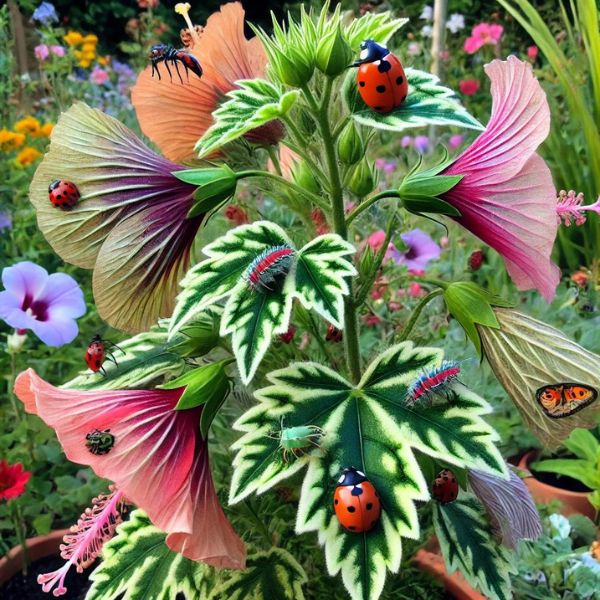
Blooming Seasons
Hibiscus plants have different blooming seasons depending on the type. Tropical hibiscus bloom throughout the year in warm climates, while hardy hibiscus typically bloom in late summer. To learn more about the blooming patterns, visit When Do Hibiscus Bloom?.
Winter Care
Protecting your hibiscus during winter ensures they continue to thrive and attract wildlife year-round. Here are some tips:
- Mulching: Apply a thick layer of mulch to protect the roots from freezing.
- Indoor Care: Potted hibiscus can be brought indoors during the cold months.
- Pruning: Prune your hibiscus to remove dead or damaged branches. For more on pruning, see Best Time to Trim Hibiscus in South Florida.
Personal Anecdotes and Experiences
Having tended to various hibiscus plants for over seven years, I’ve witnessed firsthand how these plants can transform a garden. I recall the first time a hummingbird visited my garden. It was a mesmerizing sight. The tiny bird hovered around the hibiscus flowers, sipping nectar. Moments like these make gardening truly rewarding.
FAQs About Hibiscus and Wildlife
Q: Do hibiscus plants require a lot of water?
A: While hibiscus plants need regular watering, it’s important not to overdo it. Ensure the soil is well-drained.
Q: Can hibiscus plants survive in cold climates?
A: Hardy hibiscus varieties are more suited to colder climates. Tropical hibiscus needs protection from frost.
Q: How do I attract more butterflies to my hibiscus garden?
A: Planting a variety of nectar-rich flowers and avoiding chemical pesticides will make your garden more inviting to butterflies.
Conclusion
Planting hibiscus not only adds beauty to your garden but also invites a wonderful array of wildlife. From pollinators like bees and butterflies to birds and beneficial insects, the presence of these creatures creates a vibrant, dynamic ecosystem. So, why wait? Start your hibiscus garden today and experience the thrill of nature up close.
For more information on hibiscus care and varieties, visit Hibiscus Hive. Discover how to keep your hibiscus blooming, tips for optimal growth, and much more. Happy gardening!


